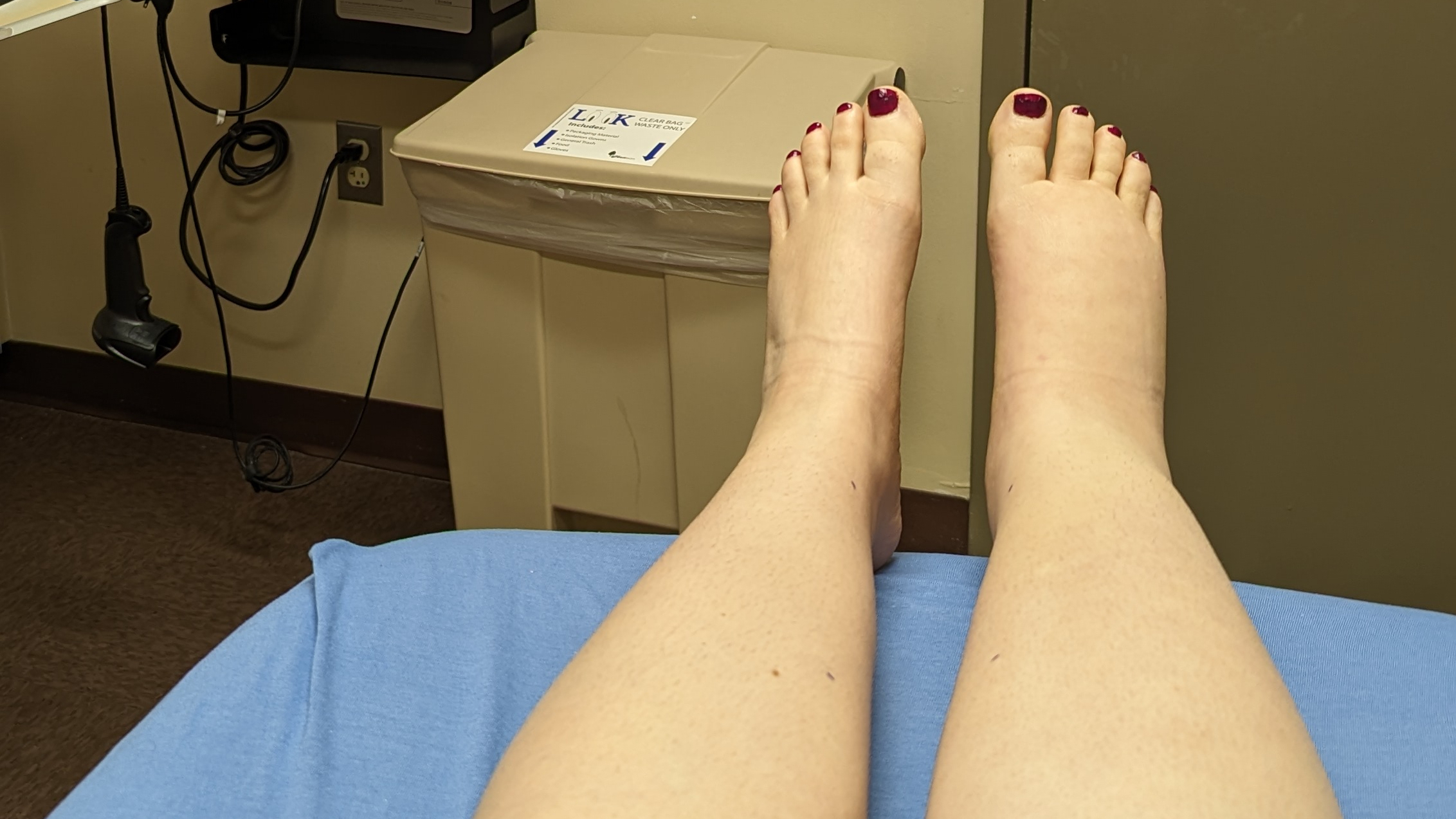 Compression garments are probably one of the most important aspects of lymphedema management; when you take care of your garment you are taking care of your lymphedema, and therefore cleaning your garment is something you should do on a daily basis. Try to make it a part of your routine!
Compression garments are probably one of the most important aspects of lymphedema management; when you take care of your garment you are taking care of your lymphedema, and therefore cleaning your garment is something you should do on a daily basis. Try to make it a part of your routine!
When you clean your garment, you are not only cleaning it for the sake of cleanliness but also to maintain its compression. It’s common for the elastic to stretch after about twelve hours of wear – common yet no good for your affected limb, as the lax compression can cause lymphatic fluid to pool. By washing regularly, you are strengthening the elastic and restoring your compression, and you’re able to get the most out of your garment. Remember that frequent washing won’t harm the garment, but improper care will.
So – what is the best way to clean your garment? (The following information is adapted from the ever-informative LymphedemaBlog.com)
Hand Wash
Fill a bowl, bucket, sink, or small tub with water and dip your compression garment into it, to dampen. Add a small amount of cleaning solution and allow the garment to soak for a few minutes, then gently rub the fibers of the garment together (be careful not to stretch them excessively). Empty the tub and then refill with clean water; rinse the garment thoroughly, especially along the seams. When finished, gently squeeze the compression garment to remove excess water.
Machine Wash
It’s recommended to put your garment in a mesh laundry bag in order to protect the fabric during the washing cycle (use the gentle cycle!). Water temperature may range between cool and warm, but should not be colder than 86 degrees Fahrenheit, or warmer than 104 degrees Fahrenheit. Darker colored garments should be washed in cool water.
Cleaning Solutions
Mild soaps or detergents should be used, free of bleach, chlorine, fabric softeners, and other laundry additives; harsh cleaning agents, solvents, petroleum-based cleaners, etc. can destroy the thin fibers of compression garments. Some manufacturers offer washing solutions formulated specially for compression garments, and these are recommended to help extend the life of your garment.
Drying
If using a dryer, the dial should be set on a no-heat (maximum low-heat) air drying cycle because excessive heat exposure may weaken or even damage the elastic fibers of the garments. If your garment has a silicone band, the no-heat dryer setting will help to protect this material.
When garments are air-dried, it is important not to excessively pull, squeeze, or wring out the residual water from the garment. Rolling up the compression garment in a towel and gently squeezing the towel before laying them out to dry speeds up the drying process (note: garments should never be left rolled up in a towel).
Whether garments are line-dried or laid flat to dry, exposure to direct sunlight should be avoided and the garment should be turned inside out. It is recommended to place a towel on a drying rack and then laying the garment on top to dry. If hanging the garment directly on a rack or pole to drip dry, the weight of the water could stretch the stockings, causing them to fit improperly.




Leave a Reply